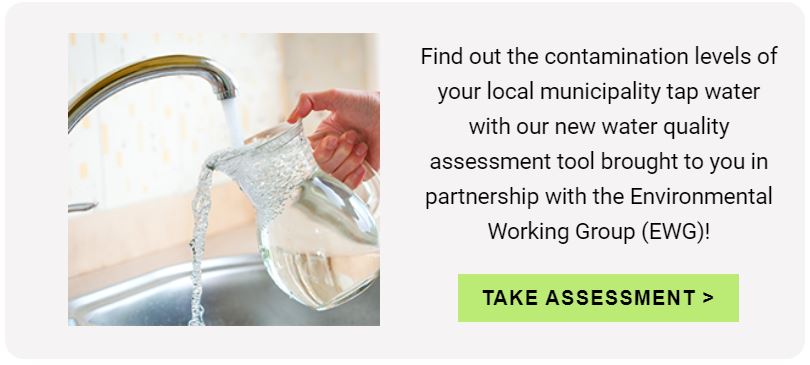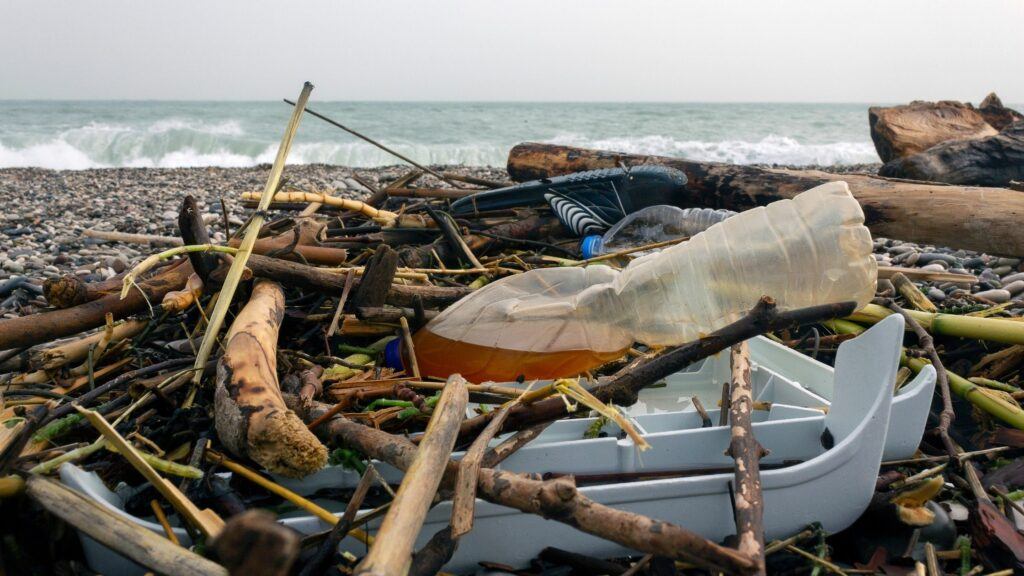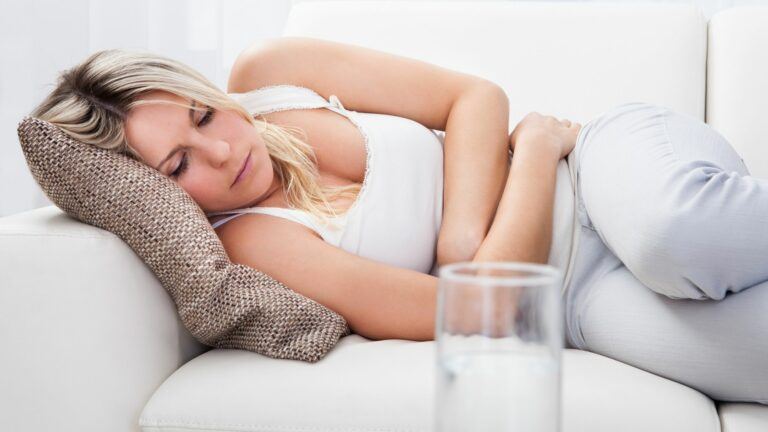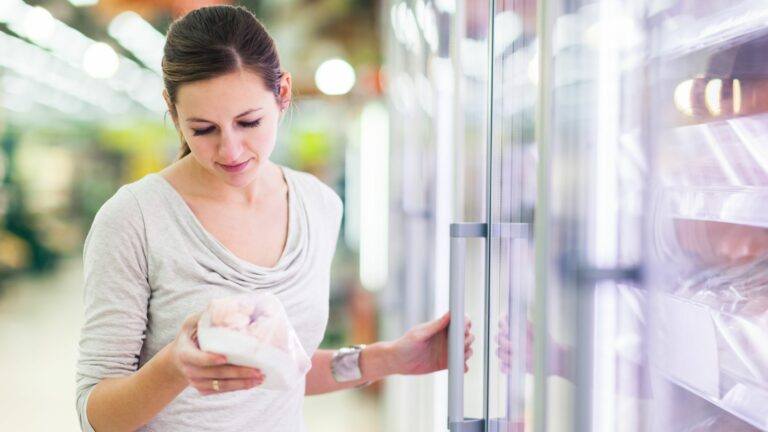How Much Water Should A Person Drink Daily On Keto?
Up to 65% of the human body is water, and next to oxygen it is the most important substance we put into our bodies. It is required for every metabolic process, yet most people simply don’t drink enough. In this post we have outlined the symptoms of chronic dehydration and why you may need to up your water intake while on keto.
Are You Drinking Enough Water?
Unfortunately, drinking enough water to support optimal health has become much more complicated than it needs to be. We can no longer simply rely on our bodies to let us know how much water we need, because we consume things that confuse our systems.
Seldom do we simply drink pure water anymore, we flavor it, sweeten it, brew it, or use it to dilute fruit concentrates. We may feel like we are getting enough fluids, but most of the forms of water we consume, caffeinated beverages, juices, soda, sports drinks, and alcohol, actually contribute to dehydration.
What Happens When You Don’t Drink Enough Water?
Interestingly enough, many of the symptoms we assume are due to some complicated deeply rooted health issue, can actually be corrected by simply drinking more water.
Even slight dehydration can result in fatigue, and mild or moderate dehydration may result in joint pain, back pain, cramps, digestion issues, immune problems, allergies, even cardio vascular problems.
Symptoms Associated With Chronic Dehydration
- Headaches
- Depression
- Stress
- Anxiety
- Irritability
- Chronic fatigue
- Cognitive impairment
- Rheumatoid arthritis Pain
- Low-back pain
- Neck Pain
- Colitis pain
- Hiatal hernia
- Constipation
- High blood pressure
- High blood cholesterol levels
- Excess hunger
- Weight gain
- Asthma
- Allergies
How Much Water Should You Drink A Day?
I have to admit that I really didn’t pay much attention to my daily water intake until I started keto. I was aware of how important it was; I knew roughly how much I should be drinking, and even made a conscious effort to pack a water bottle with me most of the time (or steal sips from my wife’s). I just assumed I was getting enough. I was wrong.
The water intake approach that I use today is one that I came across while reading the book Primal Body, Primal Mind by Nora T. Gedgaudas, CNS, CNT. For anyone that is interested in delving deeper into the science of the human diet, and how to reap the full benefits of keto, this book is a must read.
The daily water intake calculation provided in the book is extremely simple, and you have likely encountered it before since it is not a patented formula by any means. But like me, perhaps you didn’t give it its due attention.
Daily Water Intake Formula (Primal Body Primal Mind – Nora Gedgaudas)
- Take your body weight (in pounds) and divide by 2. That is the number of ounces of pure water to strive to consume daily. For example, if you weigh 180lbs, you should strive to consume 90oz of water daily.
- Add 12-16oz of pure water to your daily intake for every 8oz of diuretic beverage (caffeine, alcohol etc.) consumed.
Nora recommends keeping your daily intake under 1 gallon (128oz), but if you are exposed to prolonged heat or physical activity, obviously your need for water will be greater.
Do You Need to Drink More Water on Keto?
Through digestion, carbohydrates (carbs) are converted into glucose (sugar) and when there is excess glucose, it bonds together into more complex molecules called glycogen, which is stored in the liver and muscles. Glycogen is stored in a hydrated form, meaning it is bonded with water, and results in additional water being stored throughout the body.
By dramatically reducing our carb intake, we store less glycogen and ultimately reduce the amount of water maintained in our liver and muscles. This means that people following keto may be at higher risk of dehydration, especially during intense exercise or while enduring warm temperatures.
When first initiating keto our bodies are not yet adapted to burning fat or using ketones as fuel and therefore the initial excretion of ketones as waste will be greater. By drinking enough water, we can ensure that excess ketones are lost through urine rather than through the breath or skin.
Due to the rapid weight loss that generally accompanies keto early on, drinking sufficient amounts of water will also help dilute and flush out toxic material that is commonly stored in adipose (fat) tissue.
Some research has also suggested that following a ketogenic diet may increase the chances of developing kidney stones, and adequate water consumption is the best way to prevent kidney stones from forming.
Ultimately Nora’s rule of thumb formula for daily water intake is sufficient for all diets, but following this rule diligently is even more critical if you are on keto. If you have reached a weight loss plateau, or feel sluggish while on keto, insufficient water intake may be the culprit.
How to Track Your Water Intake

Part of the reason that I was not consuming enough water prior to doing keto, was that I simply didn’t keep track. I had no idea how much water the drinking glasses I had at home held, and there were no measurements on my water bottle. I also wasn’t logging how many glasses, or bottles I was consuming each day. The other issue I neglected to consider appropriately was my consumption of dehydrating beverages.
When first starting keto, I highly recommend tracking your food and water intake. There are several easy to use programs and apps available to help with this. Personally, I use and recommend myfitnesspal, but there are at least 10 other options that work well for keto, and most of them also track water intake.
The free version of myfitnesspal has a massive database of foods, and tracks everything you need to be successful on keto (calories, fat, carbs, protein, fiber etc.), however you will need to use the free desktop version if you want the program to calculate net carbs (total carbs minus fiber) for you.
While tracking, it will be beneficial to use a water bottle with volume markings, and/or measure the capacity of your water bottle as well as the drinking containers you commonly use at home. Your ability to ballpark food amounts and beverage volumes will improve greatly once you have been tracking things for a while.
It may be comforting to know that you don’t need to track your food and water forever, and many people stop after their first few months on keto. I don’t track things on a daily basis anymore, but I do still use the app to check certain food items, and recalibrate my eating habits from time to time.
Is it Possible to Drink Too Much Water?
Some fitness gurus advise people to drink two or more gallons of water per day, promote water drinking challenges, and/or suggest drinking water until your urine is crystal clear. Drinking too much water however, can be extremely dangerous.
Over consumption of water can lead to water intoxication and hyponatremia (over dilution of sodium in the body), which can cause fluid to back up into the lungs and result in tissue and nerve swelling, and cellular damage.
Athletes tend to be the most susceptible to this issue, but true water intoxication is fairly rare. Most people do not drink enough water, but I thought it was important to note the potential risks associated with over consumption as well.
Quality is as Important as Quantity
The drinking water in most developed countries like the US is actually pretty good, but it could definitely be better. I do understand the burden municipal water supplies face in providing water to the masses, and I am very grateful that I live in a country with such high standards. However, when it comes to my personal health and the health of my family, I prefer to set the bar a little higher.
Like anything that is mass produced, certain concessions have to be made to meet the quota. In the production of drinking water, that means certain substances are allowed to be present in the water in various quantities, based primarily on what the cost would be to filter it out. This also relies heavily on the ability to detect these substances in the first place.
For drinking water in the US for instance, there are federal standards in place for most microorganisms, parasites, disinfectants, organic and inorganic chemicals, fluoride, lead, and radionuclides (radium and uranium), which is comforting to know, but those standards are generally not zero. Meaning, that set amounts of these concerning materials are permitted to remain in the water.
When tested, many rural areas lack the infrastructure to meet these standards, and regulatory oversight is often lacking until something catastrophic happens.
There are also several other concerning toxins and carcinogens, such as perfluorooctanoic acid, methyl tert-butyl ether (a gasoline additive), perchlorate (present in fertilizers and fuel, and can cause thyroid problems at certain levels), radon, and pharmaceutical substances for which there are no federal standards yet in place.
Independent environmental groups come out with new reports regularly identifying areas that are in violation of these standards, or in many instances they detect new chemicals or toxic materials that are not yet even included in the standard screening process.

Is Bottled Water Better Than Tap Water? Nope

Bottled water is even less regulated than municipal sources. Bottled water has been recalled on several occasions over the years due to contamination by arsenic, bromate, cleaning compounds, mold and bacteria, and independent testing commonly detects chlorine, fluoride, aluminum, disinfectants, and pharmaceutical substances well above municipal water standards.
To add insult to injury, the plastic bottles themselves leech toxic substances like Bisphenol A (BPA), a potent and toxic estrogen-mimicking chemical, and endocrine disrupting pthalates, into their contents. I personally find it a bit hypocritical to protest the use of plastics across the board, but I do try my best to limit my use whenever possible, especially when it comes to the packaging of consumable items.
From an environmental standpoint plastic water bottles of all sizes (single use up to multi-gallon) are extremely harmful and should be avoided. 70-75% of plastic water bottles are not recycled and therefore wind up in landfills where they persist essentially forever, and those that are delivered to recycling centers don’t actually get recycled into new water bottles.
Recycled plastic in America generally gets sent to China where it is used to make fabrics and rugs. The problem with this however, is the amount of fuel used to transport the plastic to china, the toxic process of melting down plastics in order to re-purpose them, and additional oil is then required to create new plastic bottles.
Transporting bottled water all over the country and internationally uses a considerable amount of fuel. Some sources have estimated that more than a liter of gasoline is burned for every bottle of water that is delivered, and producing and transporting water requires up to 2,000 times the amount of energy it takes to produce and distribute tap water.
At Home Water Filtration
Inline filtered water dispensers are almost standard options in most refrigerators nowadays, but these obviously rely on proper plumbing to be in place. This is definitely a good start, but unfortunately these filters don’t remove things like chlorine, fluoride or pharmaceuticals.
Reverse osmosis systems are often marketed as the optimal solution. They do remove most impurities, except possibly bacteria, but they lower the ph of the water (increase acidity), and also remove the beneficial minerals and electrolytes. They also generally require power to operate, can be quite expensive to purchase and install, and are very inefficient with regard to how much water is wasted for every ounce that is filtered.
There are a few practical options you can implement at home to ensure you are getting truly purified, not just filtered, water. The Berkey countertop gravity filtration system for instance is a great option. Berkey is a world leader in water purification, and it is the brand recommended by Nora T. Gedgaudas. The Berkey filtration systems remove viruses, pathogens, bacteria, cysts, as well as undesirable chemicals and heavy metals.
Each filtration element is able to purify up to 3,000 gallons of water, the process adds quite a bit of alkalinity to the water, and beneficial minerals are left intact. The most popular system is the Big Berkey, which holds 2.5 gallons, and the best price for these systems can be found directly on the Berkey website.
If you live in California, there are some limitations on which systems can be shipped to you directly from Berkey. Currently only the travel sized systems can be shipped directly to California. These include the Travel Berkey (1.5 gallons), Berkey Light (2.5 gallons), Go Berkey (1 quart), and the Sport Berkey water bottle.
You can purchase the Big Berkey and other larger systems from third-party sellers on Amazon to get around this issue, but I believe doing so may void the lifetime warranty.
How much water do you drink daily? How do you track your water intake? Do you have a water filtration system in your home? Please consider sharing your experience by commenting below in order to help others living a fit keto lifestyle.
Thank you for visiting LiveFitKeto.com. Check back often for new content or subscribe to our newsletter to receive updates on new articles, and if you have found this information helpful, please don’t hesitate to share.







